A few things to know before stealing my 914
Dear Thief,
Welcome to my Porsche 914. I imagine that at this point (having found the door unlocked) your intention is to steal my car. Don’t be encouraged by this; the tumblers sheared off in 1978. I would have locked it up if I could, so don’t think you’re too clever or that I’m too lazy. However, now that you’re in the car, there are a few things you’re going to need to know. First, the battery is disconnected, so slide-hammering my ignition switch is not your first step. I leave the battery disconnected, not to foil hoodlums such as yourself, but because there is a mysterious current drain from the 40-year-old German wiring harness that I can’t locate and/or fix. So, connect the battery first. Good luck finding the engine cover release. Or the engine, for that matter.
Now, you can skip your slide hammer. The ignition switch’s tumblers are so worn that any flat-bladed screwdriver or pair of scissors will do. Don’t tell anyone.
Once you’ve figured that out and try to start the car, you’ll run into some trouble. The car is most likely in reverse gear, given that the parking brake cable froze up sometime during the Carter administration. Since there is not a clutch safety switch on the starting circuit, make sure to press the clutch down before you try to crank the engine. (I don’t want you running into my other car in the driveway.) This is doubly necessary because my starter is too weak to crank the clutch-transmission input shaft assembly with any success.
With the clutch pedal depressed, the engine should turn over fast enough to get things going. But first, you’ll need to press the gas pedal to the floor exactly four times. Not three. Not five. Four. The dual Webers don’t have chokes and you’ll be squirting fuel down the barrels with the accelerator pumps for the necessary priming regime. If you don’t do it right, the car won’t start before the battery gives up the ghost. Consider yourself forewarned.

If you’ve followed along so far, the engine should fire right up. Don’t be fooled—it will die in eight seconds when the priming fuel runs out. Repeat the gas pedal priming procedure, but only pump two times. Deviate from this routine at your own peril.
Now you have the engine running. Make sure the green oil light in the dash goes out. If it does not, you only have about 100 yards to drive before the engine locks up, so be attentive. If all goes well with the oil pressure, you may now attend to the gear shift lever. Some explanation follows.
This is a Porsche 914. It has a mid-engine layout. The transmission is in the far back of the car, and the shift linkage’s main component is a football-field-long steel rod formed loosely in the shape of your lower intestine. Manipulating the gear shift lever will deliver vague suggestions to this rod, which, in turn, will tickle small parts deep within the dark bowels of the transaxle case. It is akin to hitting a bag of gears with a stick, hopefully finding one that works.
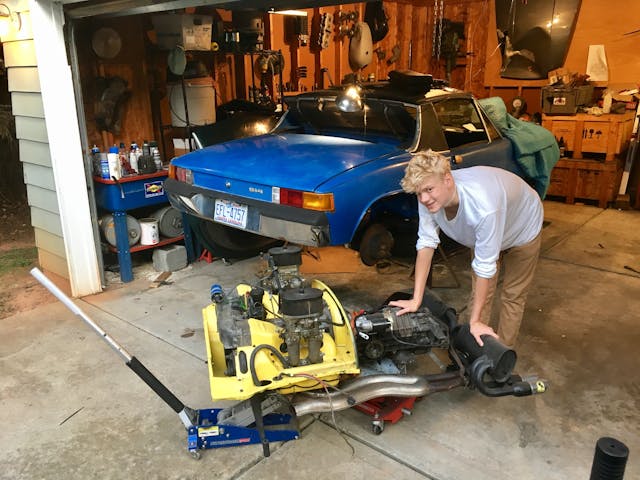
If you are successful in finding first gear (there is a shift pattern printed on the knob; they say German engineers don’t have a sense of humor), congratulations. You may launch the vehicle into motion.
Do not become emboldened by your progress, as you will quickly need to shift to another gear. Ouija boards are more communicative than the shift knob you will be trusting to aid your efforts. Depress the clutch as you would in any car, and pull the knob from its secure location out of first gear. Now you will become adrift in the zone known to early Porsche owners as “Neverland” and your quest will be to find second gear. Prepare yourself for a ten-second-or-so adventure. Do not go straight forward with the shift knob, as you will only find Reverse waiting there to mock you with a shriek of high-speed gear teeth machining themselves into round cylinders. Should you hear this noise, retreat immediately to the only easy spot to find in this transmission: neutral. This is a safe place, no real damage can occur here, but alas, no forward motion will happen either. From this harbor of peace, you can re-attempt to find second, but you may just want to go for any “port in a storm”, given that the traffic behind you is now cheering you on in your quest with vigorous horn-honks of support and encouragement. Most 914 owners at this point pull over to the side of the road and feign answering a cell phone call to a) avoid further humiliation; b) allow traffic to pass; and c) gather the courage for another first gear start. You may choose to do likewise.
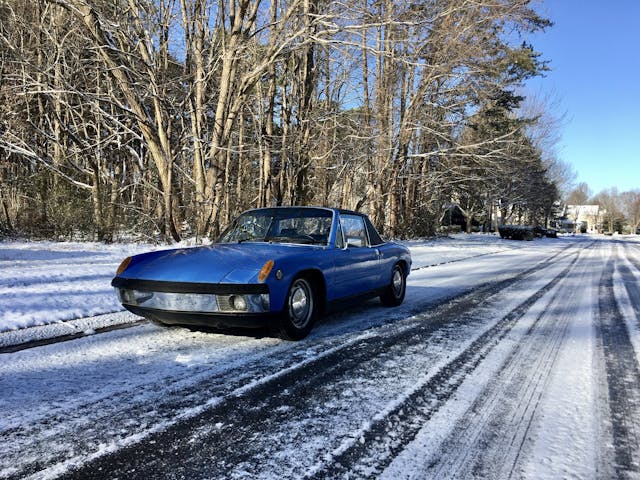
If you press onward without taking a break, you may re-enter first. This is how the car mocks you for your lack of skill, but sometimes it is the only path forward. Once you are ready to again try for second, I can offer some advice. One trick that works is to declutch the transmission, pull the lever from the first-gear position, enter into the aforementioned neutral zone, and then rapidly wig-wag the shift knob side-to-side along a lateral axis. If you move the knob quickly enough, the transmission will be out-smarted and cannot anticipate your next move. It is at this time that you should re-attempt to enter second, and most likely you will do so. Surprise is your best weapon against this transmission.
The move to third should be straightforward, as it’s the only easily-accessible gear in the set. You should now be out of my neighborhood and on the main four-lane road. Third gear will be good for 45 mph, so I would advise you just staying there. Trying to get to fourth gear will only frustrate you and your nearby drivers (see: first-to-second shift).
You don’t need to check for gasoline in the car. It will be full, even though the fuel gauge reads zero. The odometer reads “0”, not because it was reset when I filled the tank, but because it is just broken. Ignore it. If it is night, and it most likely will be, you will need to turn on the lights. I’ll leave it to you to find the switch since I’ve helped a lot so far. Suffice to say that once you get them active, you will find that the seven inch sealed beams from 1971 will only illuminate sufficient roadway for travel below 45 mph. Since you are still in third , this shouldn’t be a problem. Oh, and the lights only work on high beam, so ignore the flashing lights and vulgar gestures from opposing traffic.
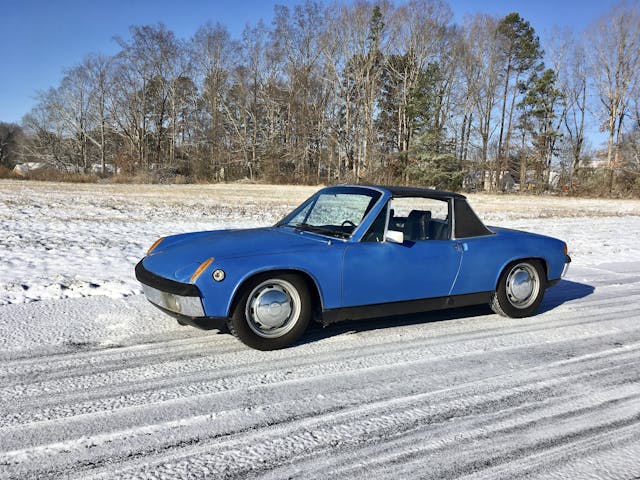
By now you’ve certainly noticed the smell. That is the aroma of Mobil 1 oil being boiled off of long sections of horizontal exhaust pipes, which were cleverly encased by the factory with a second shroud of oil-holding chambers. They filled with oil during my last drive and you are now operating a small thermal refinery that is making light short-chained vaporous hydrocarbons from what was once $8-a-quart oil. They are being conveniently routed to the cabin through carefully formed channels in the heating system, plus the rust holes in the floor provided by Mother Nature herself over the past few decades.
You’ll feel less dizzy if you open a window. But mind that driver’s window does not work, so you’ll have to lean over and roll down the passenger window half-way. I say half-way in a manner that will become apparent once you try to get the window to go all the way down, which it will refuse to do. Instead, simply open the driver’s door slightly and drive along, as I do. Once the oil vapors are exhumed from the cabin, you should start to feel a little better. There is a rag behind the driver’s seat that you can use to wipe the oil film off of the inside of the windshield.
Knowing which road you’re probably on by now, you will be hitting stop lights. Try as hard as you can to not bring the 914 to a stop. The brake system is ideal for this situation, being known more as “scrubbers” than “brakes”. Since you can’t effectively stop the car, use this to your advantage and don’t try. Remember: You certainly don’t want to have to go back into first.
If you have made it within sight of to the highway entrance, don’t get any ideas. The front right wheel is severely bent and the vibration at velocities above 50 mph will crack the windshield and cause the doors to open by themselves. So stay on the surface streets, stoplights notwithstanding.
It may be at this point that you consider abandoning the car to avoid further calamity. There is an Exxon station right before the freeway entrance. The last guy who stole my 914 used this very spot and it was rather convenient for all concerned parties. I suggest you ditch the car there and scope out a nice, reliable Camry to heist.
Norman Garrett was the Concept Engineer for the original Miata back in his days at Mazda’s Southern California Design Studio. He currently teaches automotive engineering classes at UNC-C’s Motorsports Engineering Department in Charlotte, North Carolina and curates his small collection of dysfunctional automobiles and motorcycles.

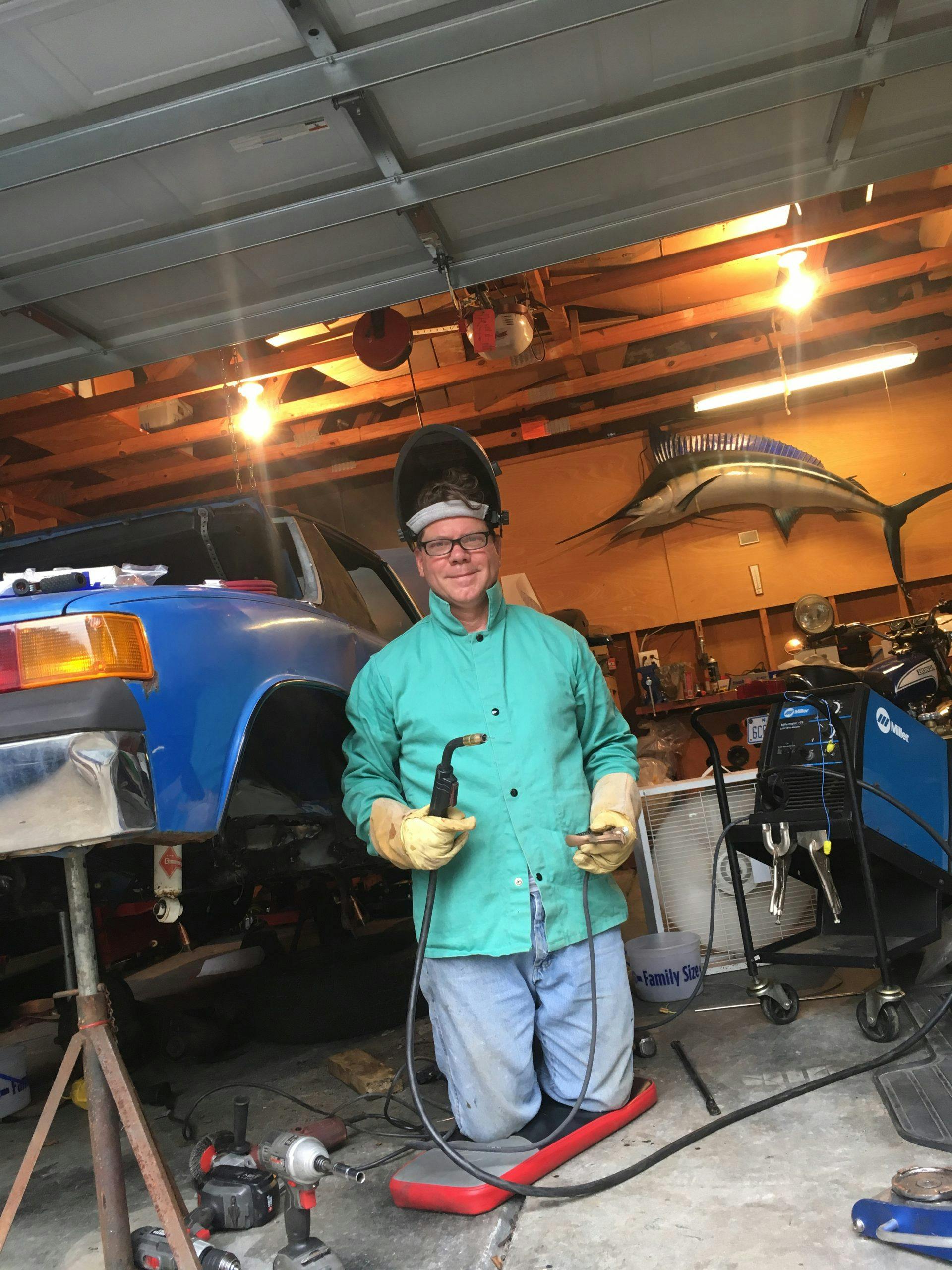
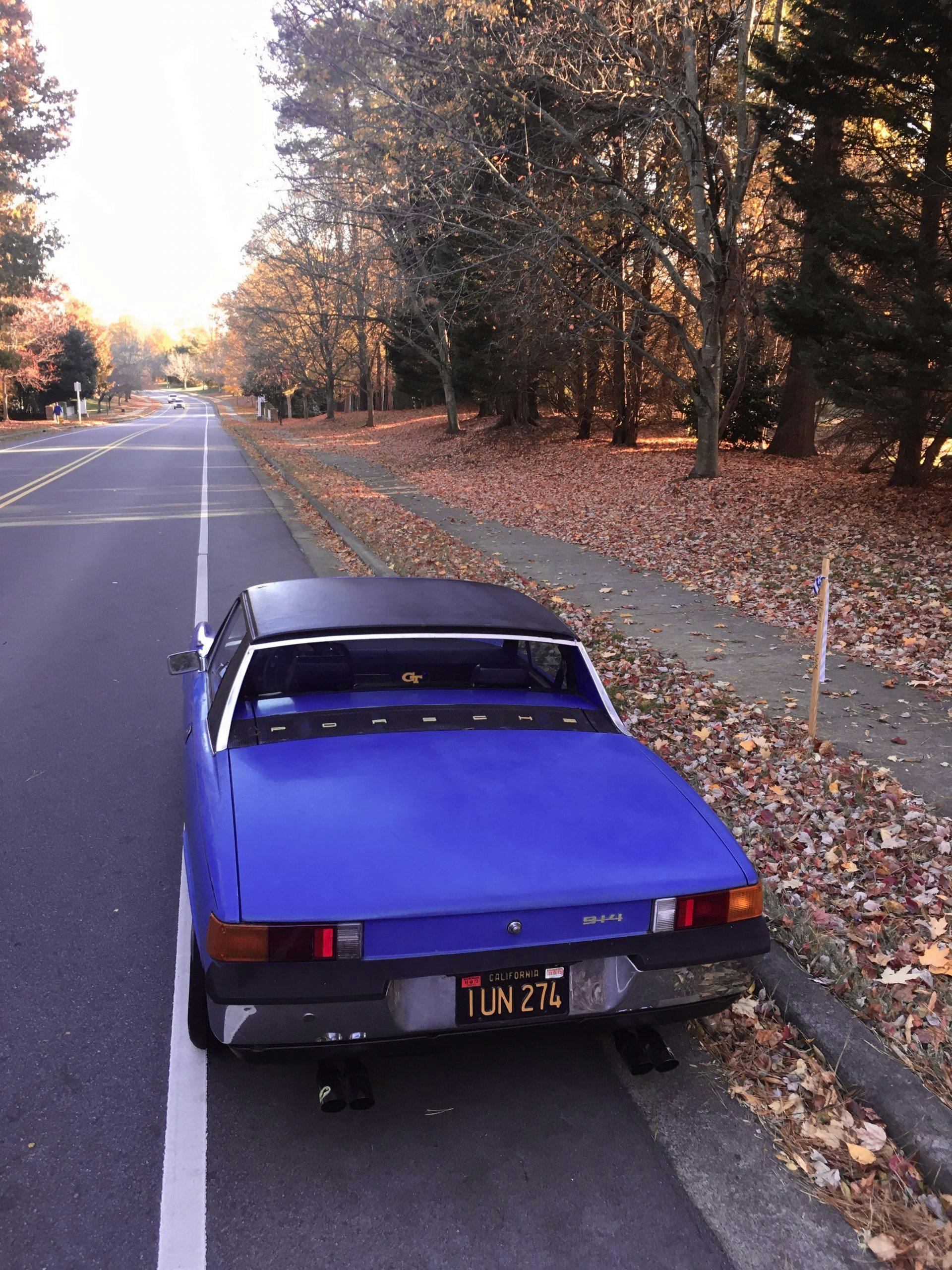
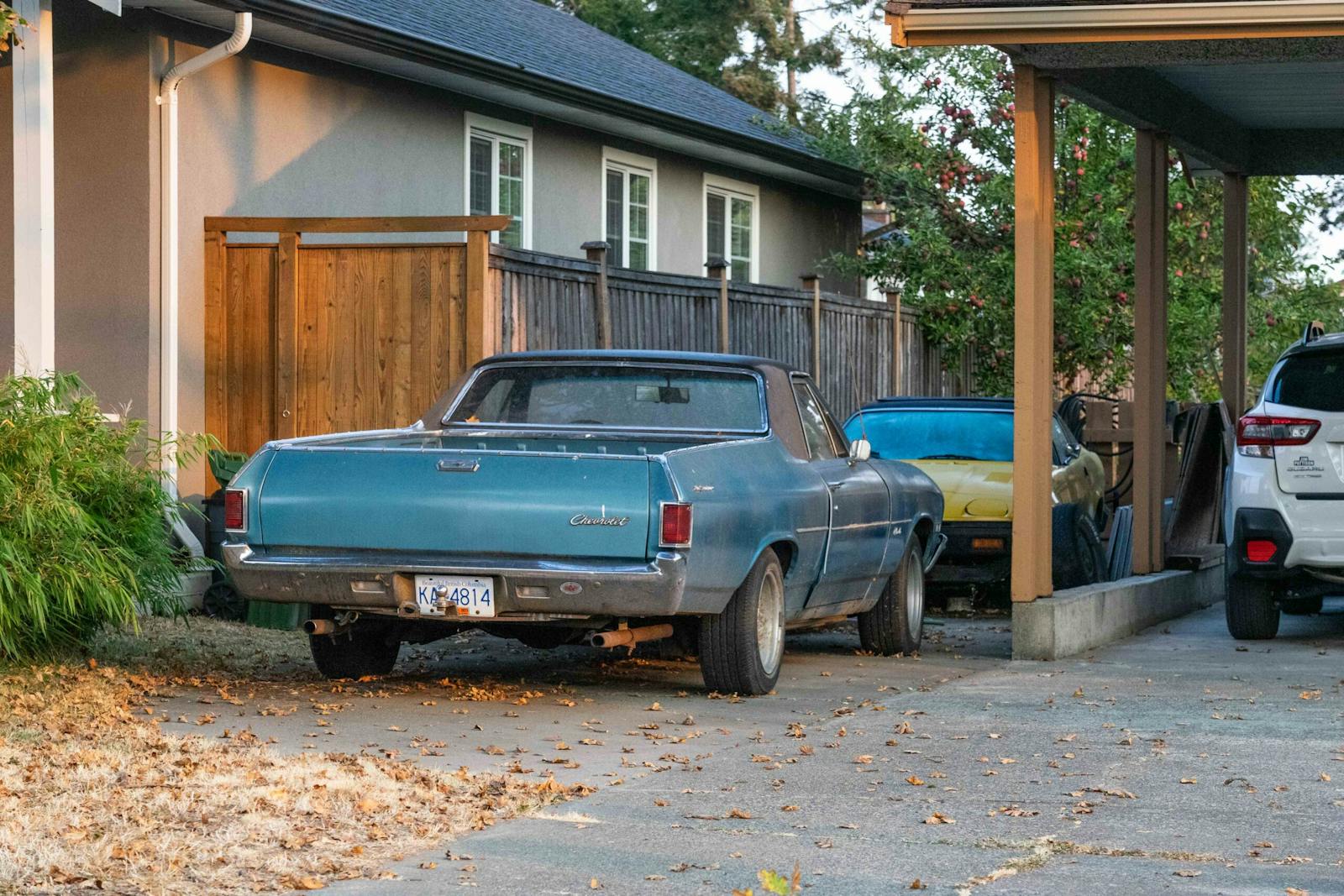
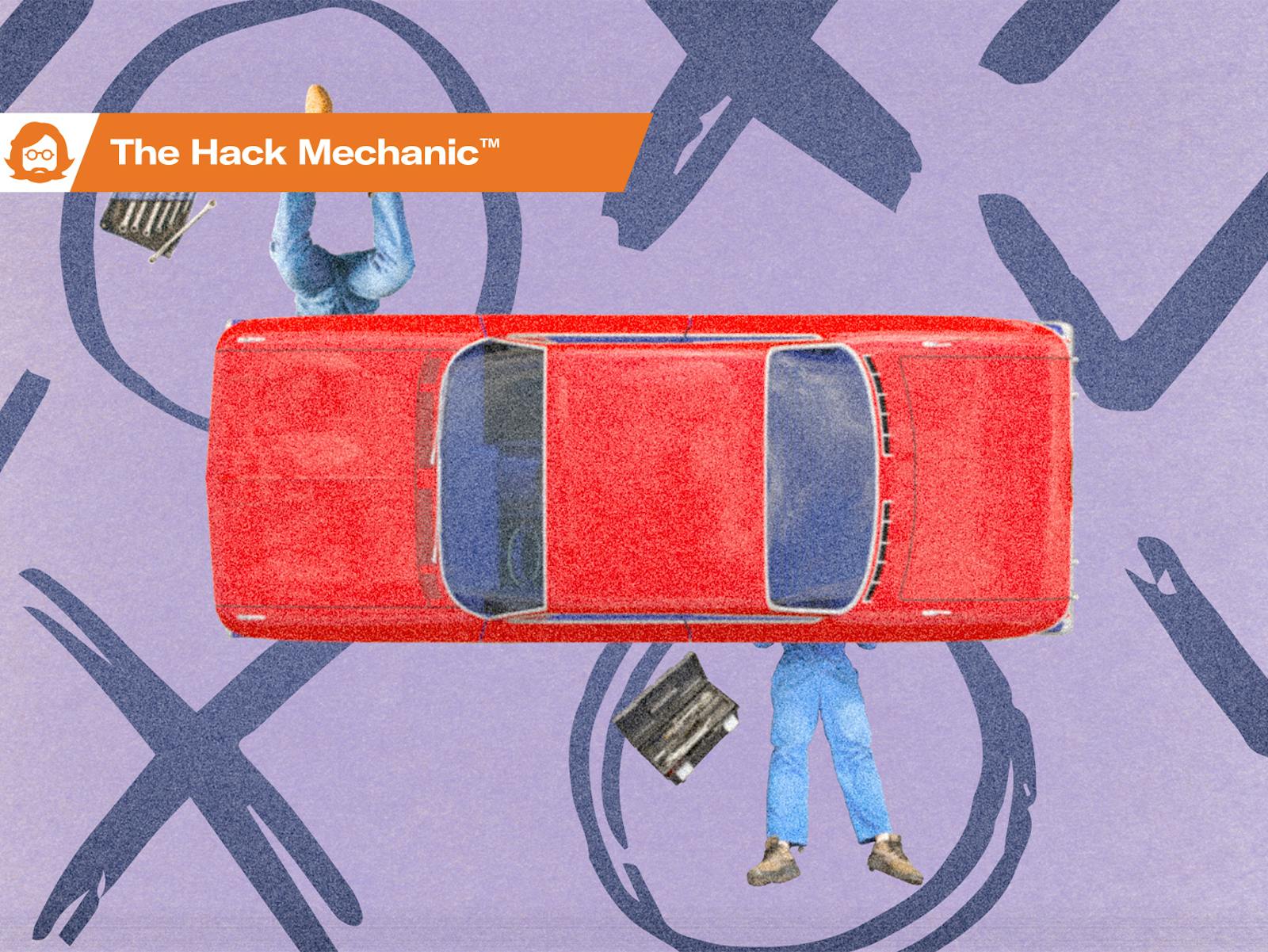
Apolo for the numerous typos in my prior post.
I truat most could be figured out.
Loved this….while I applaud your wit, wholeheartedly dealing with frustration; I do believe it caused you some stress relief imagining the thief attempting to follow directions and still not succeeding. He/She may not make it to the Chevron! Kudos for your post!
That was the funniest thing I’ve read in awhile, well done, thank you.
Now that is something I’ve experienced with my fiat x19 very finicky I leave the keys in it cause I know it will be where I parked it last,2switches to power ignition’then the young people have no idea how to drive stick since it’s still on floor but have automatic trans now ,but shifter and clutch peddle still in it.
When I was 16, I saved enough money to buy a 914. I loved the look of them and it didn’t hurt having the Porsche name. The day I was going to look at it and buy it, my dad said I better check with the insurance company to find out what it was going to cost me. Long story short, ended up with a cheap muscle car. From what I just read, maybe I dodged a bullet? Great story, made me laugh.
Just had to comment – what an entertaining writing style you have. Really great ! & Thanks
My dad had a 914 and I can relate. I snuck it out one time and spent a good 15 minutes stuck on a hill.
Can’t believe you took it out in the snow!
I had a ’59 Buick 225. God that GRILL !!! It had a semi-automatic transmission. Yes, I know, transmissions are supposed to be one or the other, but this era of Buick used a transmission called a Hydramatic, I think. Great transmission, until it wasn’t. Poor Baby would not budge if put in Drive, so I started out in D3, up to D2 and finally DRIVE ! Get to a stop light and start over. (Big Sigh.) It was a neat car though. You could get 8 bodies in the trunk. Probably.
In September 1972 I walked onto the lot of the local British Leyland dealer and, using money I had made working at a Dairy Queen, purchased a Triumph Spitfire. Still have it, the mate and I like to take it out on sunny days to one of the local brewpubs. For those interested here’s the starting sequence:
1. Place key in switch and turn it – listen to the “click” as the solenoid refuses to transfer power to the starter. Get out, bang solenoid with wooden hammer you swiped from a lobster restaurant.
2. Turn engine over three-four times to stir some oil up into the upper cylinder and rocker arms. Relax, it won’t start because there’s no fuel in the bowls of the SU carbs.
3. Turn on the fuel pump and thank the automotive gods that Carter is back in business making inline fuel pumps for classic cars since no one makes rebuild kits for the mechanical pumps any longer.
4. Keep your nose open for the smell of expensive non-ethanol gasoline as that rear SU sometimes has a sticking float. If it does, bang the carb with that wooden hammer.
5. If you watch YouTube videos of Supermarine Spitfires starting up, you’ll notice they fire on one or two cylinders and will run ragged like that for a moment until the other cylinders wake up. The automotive namesake does the exact same thing.
6. With everything now running, listen to those noisy rockers until the oil pressure gauge reads 90psi. If the oil pressure doesn’t build up, turn everything off and cry.
7. Reach under the dash and turn on the daylight headlamp switch you installed in hopes of not being completely ignored on the road.
8. Settle in at the brewpup with a pint and have someone come up and say: “That’s a nice MG.”
Dear Norman and other Classic Car Crazies,
What a wonderful letter, thank you for the mirth it evoked.
I have a small collection of Classics and although there’s been a big increase in burglaries and theft of late in Northwest Donegal, Ireland where I live, I’ve never been bothered.
Some suggest it’s because my property is remote and not so easily accessible as more ‘low hanging fruit’. Others say that my Welcome Sign is a little off-putting.
I’m not sure which and, for those of you who might be unfamiliar with Gaelic, “Fianoglach” (direct translation, wild warrior) is the Irish military equivalent of SAS, Navy Seals, GIGN, GSG9, etc .
The sign has the curved Fianoglach tab (of the Irish Defence Forces Ranger Wing) at the top, below which is … “STOP right there!!! Consider carefully. Act wisely!” above a depiction of a human skull, wearing the green ARW Green Beret.
Below that, the simple message … “POLITE WARNING, lest there be any doubt!! ”
And below that heading … “This property is protected an All Army Champion Marksman and Army Ranger Instructor who has a serious lack of negotiating skills, is well armed and has “inoperable cancer” so will not be around to do prison time. If you have not been invited, leave immediately. End of negotiation.”
Thanks for bring up memories of my old VW Bug (1960s: Tiny tail light edition). Ran on 2 of 4 cylinders. Had to go really fast downhill to get up the next. Loved that bug and the old guy who kept it running. Towed some Hells Angels from P-cola to Biloxi on the tailpipes of that little thing… Guys were piled like clowns in that tiny car! (Told me to Never pick up guys like them Ever again!) And memories of running around in the beater (1964) that we had to shift gears with a screwdriver, at the proper RPM, by ear.
I really wanted a 914 as a young man. Makes me glad I never bought a 914 as it sounds like yours didn’t age well.
Having owned and repaired old 911s and 924/944s, this article is absolutely hysterical… theres a reason why it’s been one of the most read in 2022!!
I LOVE it, keep them coming!!
Surprised to see “I can relate with a MG” comments. My MGA is a cakewalk (presumably… I don’t actually know what a cakewalk is) comparted with this article
I case you’re wondering why the normally precise folks at Porsche managed to install such a vague shift linkage in their 914, I’m pretty sure I know the answer…they licensed the design from Renault. No less than that pioneer automotive authority Tom McCahill described the shift lever–and linkage–on the 4CV he tested back in 1950 as “a pencil in a bowl of tapioca.” It didn’t improve over the years. My ’59 still had the same heavy steel tube almost five feet long that joined shift lever to transaxle. Early on I learned to hold the shift lever as I went over a sharp bump–like railroad tracks–or the inertia of that shift rod would pop the transmission out of gear. I finally cured that problem by strategically deploying a couple of rubber bands–cut from an inner tube–to damp out the rod’s friskiness.